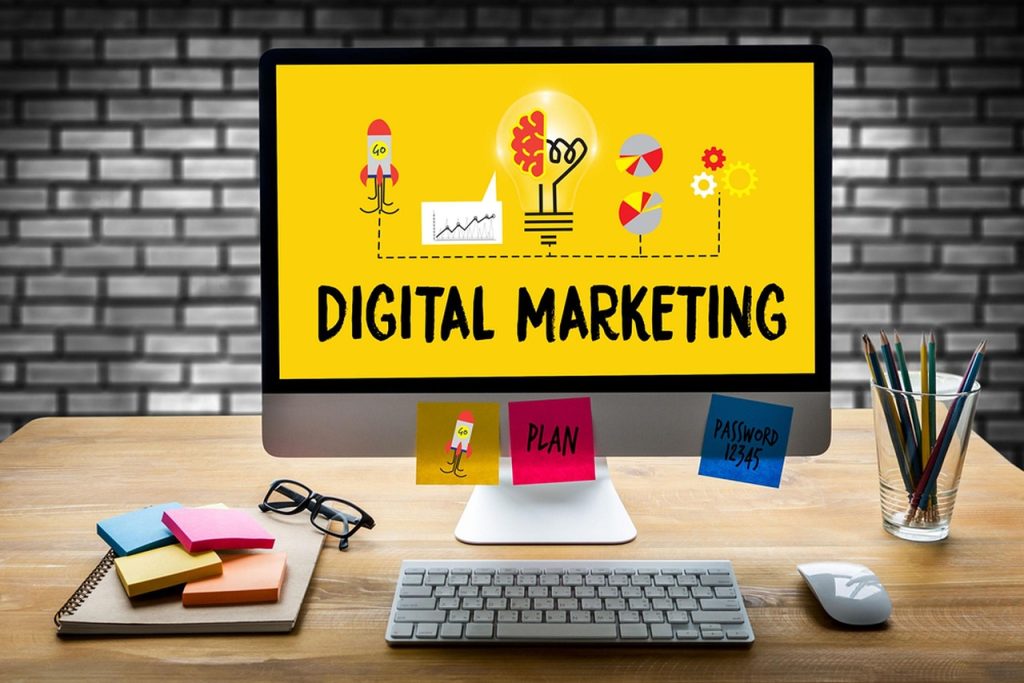
E-Commerce Funding: Business Financing for Online Sellers
E-commerce was always on a predictable upward trend, but Coronavirus has accelerated that growth exponentially. It’s predicted that e-commerce growth has been accelerated by 4 – 6 years due to COVID-19. According to an Adobe report, the total online spending during the month of May totaled $82.5 billion, a dramatic 77% year-over-year increase.
To keep up with this unforeseen increased demand, online sellers need e-commerce funding to:
- Hold sufficient stock
- Launch new products
- Ensure systems and processes are fast, secure and efficient
- Increase online marketing to stay competitive
Many online sellers simply don’t have cash on hand to fund these expenses, and this is where e-commerce funding comes into play.
Funding an online retail business
There are many types of business loans out there but which is the best loan for e-commerce business? It’s not a one-shoe-fits-all approach – online businesses have unique characteristics and challenges and require specialized funding solutions.
E-commerce businesses tend to suffer from cash flow shortages yet struggle to secure the funding they need as alternative lenders and banks typically don’t cater to their unique characteristics. Their underwriting processes generally don’t take all pertinent, relevant data points into account, such as online ad performance, resulting in lower approval rates and small loan amounts.
While e-commerce platforms do offer tailored e-commerce financing to this market, they only provide funding to a small portion of online sellers.
Online sellers can benefit from e-commerce funding to cover operational costs as well as expenses relating to business growth, particularly relevant now during COVID-19 increased demand.
What can e-commerce loans do for your business?
E-commerce business loans can be used for any business purpose including to:
- Fund marketing campaigns to increase traffic – e.g. Facebook ads
- Purchase stock to increase both merchandise width and depth
- Develop technology, systems and processes such as improving security, payments, and speed
The main benefits of e-commerce loans are:
- Quick approvals and funding
- Customized specifically for e-commerce businesses – better terms and rates
- Often no collateral required to secure the loan
Best e-commerce funding option for online sellers
There are many different types of e-commerce business loans for online sellers, but the most flexible, cost-effective loan type is a line of credit.
E-commerce line of credit
A business line of credit is a flexible funding product that enables businesses to draw on funds as and when needed. It’s typically used for immediate expenses as opposed to long-term investments. It’s a good option for e-commerce businesses that need short-term cash to cover expenses, for example, online ad costs and new inventory.
Pros: Pay interest only on the amount used, easy to qualify, funds automatically replenish
Cons: Smaller loan amounts than term loans, costly penalty for late repayments, risk of overspending.
Alternative funding options for online sellers
Online sellers that aren’t eligible for a business loan have other funding for e-commerce business options available to them, including:
Crowdfunding
Business crowdfunding entails raising financing through a large group of individuals including family, friends, investors, customers and acquaintances. Crowdfunding is based on a social sharing model and there are a number of types such as donation-based, rewards-based, peer-to-peer and equity-based.
Pros: Ability to reach large audience and achieve multiple contributions
Cons: Limited funding amount, long turnaround time for funding, intellectual property risk
Angel Investors
Angel investors are wealthy individuals who generally invest in startups or small businesses using their personal funds, in exchange for ownership equity or convertible debt.
Pros: Attractive amounts (typically up to $500K), flexible contractual agreements
Cons: Requires relinquishment of a share of the business, sometimes costly, often investors get actively involved in the business
Venture Capitalists
Like angel investors, venture capitalists provide capital to startups or small businesses, however, they are typically corporations instead of private individuals.
Pros: Provide larger capital amounts, investment repaid with company profits
Cons: Inflexible contractual agreements, loss of full control, delayed decision-making, loss of equity and profit margins
Are you eligible for e-commerce funding?
Obviously the precise criteria vary from lender to lender but here is an example of some typical qualification criteria:
- Operating for over 12 months in business
- Average monthly revenue of at least $5,000
- 3 month’s worth of business bank statements
- Active ad account and e-commerce platform – varies from business to business
Other financial criteria may apply depending on the lender.
How to apply for e-commerce funding?
There are lenders that specialize in e-commerce business funding and an online seller can apply through Become’s e-commerce funding platform to get matched with the best e-commerce loan for their business. Here’s how it works:
- Click here to apply for up to $100,000 – won’t affect your credit score
- Enter your business information in the 2-minute questionnaire
- Securely connect your online accounts (bank, ad and e-commerce platform) for view-only access
- If you qualify, Become will provide preliminary offers from lenders, including terms and rates
- Pick your best loan offer/s and the lender will be in touch directly to complete the process
Frequently asked questions about e-commerce funding
To get all the answers to your e-commerce questions, visit our comprehensive E-Commerce Q&A page. Here are the top questions asked by e-commerce business owners:
Many online retailers apply for e-commerce funding to cover these expenses:
- Inventory/stock
- Shipping of goods
- Storage costs
- Marketing
- Employees wages
- Technology and operations
Since e-commerce companies generally don’t have enough cash to cover their expenses before their revenue comes in, e-commerce funding is vital.
Growing an e-commerce business is two-fold: to increase number of quality site visitors or traffic, and to increase the conversion rate from visitor to customer.
To increase your quality traffic:
1.Search Engine Optimization (SEO) which means to improve your ranking in Google.
2. Content marketing
3. Email marketing campaigns
4. Online advertising – Facebook and Google
5. Online retail marketplaces
6. Affiliate marketing
Top tip: keep track of all your profit and expenses each month to optimize your bottom line! Shopify users can use BeProfit – Profit Tracker for easy monitoring of their finances.
BeProfit is a Shopify profit calculator that gives a full breakdown of all of your expenses including marketing, shipping, production, and more. It’s the profit margin calculator that takes business analytics to new heights.
Try BeProfit, the ultimate Shopify calculator, here.
To improve your conversion rate:
1. Live chat customer support
2. Facebook Messenger Bot
3. Routine website A/B testing
4. Customer reward or loyalty program
5. Free shipping options
6. Easy returns





